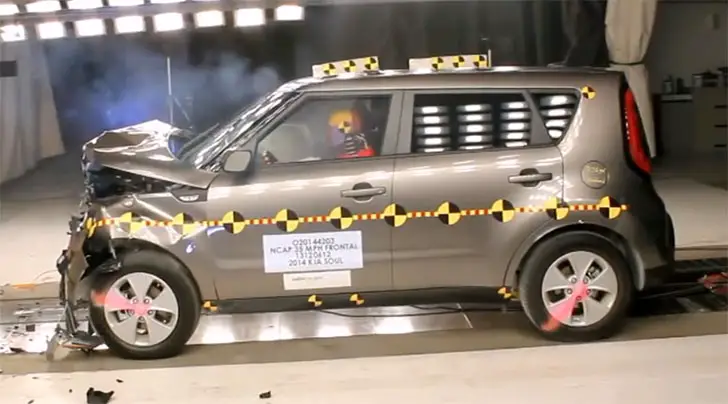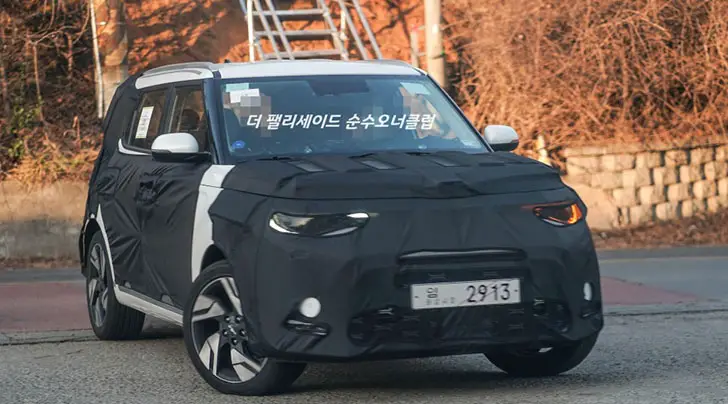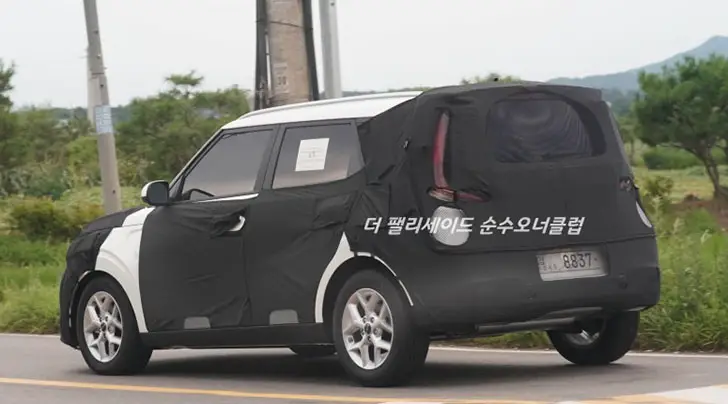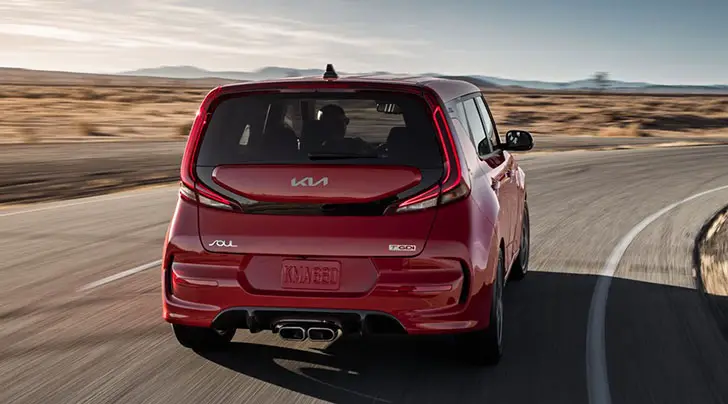As if the 2014 Kia Soul weren’t popular enough, it’s likely to gain an even larger following thanks to it earning a 5-star overall safety rating from the National Highway Traffic Safety Administration (NHTSA).
The car earned full marks on the frontal and side impact tests, while notching 4 stars on the roll-over test.
It is believed that the overall 5-star safety rating should show U.S. car shoppers the level of commitment that Kia has to their safety.
There was a lot of money and engineering time invested in a design phase of the of the new Soul crossover vehicle, all in an effort to make sure that it came out right. The final 5 star safety rating is a reward for the extra effort that was taken.
Video of Kia Soul 2014 crash test
List of Kia Soul safety features
The 2014 Kia Soul uses high strength steel with an impressive 66% of the chassis incorporating that material.
It also employs a number of different technology and safety features to protect those on the inside, including six standard airbags in front and along the sides, as well as a 4-channel, 4-sensor Antilock Brake System (ABS) with Electronic Brake Force Distribution (EBD).
What that does is take into account the load and weight distribution of the car so that control and stability are combined with great stopping power.
Other safety features that come standard include Hill-start Assist Control, Tire Pressure Monitoring System, Electronic Stability Control and a Traction Control System.
The TCS works together with the ABS to ensure that traction the proper traction is in place when accelerating or pulling away is performed on a slippery road surface.
Any sign of wheel slip will result in the torque output being adjusted to help regain control.
The TCS also recognizes when one or more of the wheels spinning faster than the speed of the car, and it will apply braking as needed. The two systems work hand in hand to deliver a better level of control for the driver.
The ESC system works in conjunction with all of the others to apply individual braking that will help prevent the driver from over and understeering. This is especially helpful in slippery conditions or when the driver is forced to make an emergency stop.




